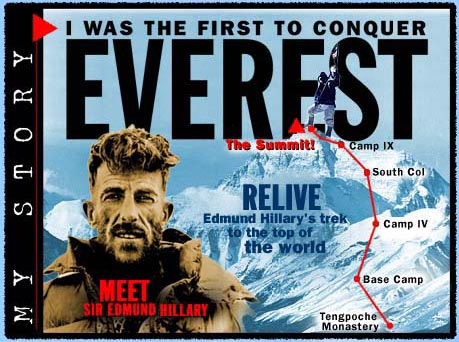
Sir Edmund Hillary was the last of a dying breed. He was a legend, a hero, a global symbol of a country and was actually the only living non royalty person that I can think of who was actually on his country’s money-the New Zealand $5 bill. Hillary was a New Zealand mountaineer and explorer. On May 29, 1953 at the age of 33, he and Nepalese Sherpa mountaineer Tenzing Norgay became the first climbers known to have reached the summit of Mount Everest. Hillary died today at the age of 88.
A World War II veteran, Hillary was part of a British reconnaissance expedition to Everest in 1951 and 1953. In 1952 Hillary and George Lowe were part of the British team led by Eric Shipton that attempted Cho Oyu. After that attempt failed due to the lack of route from the Nepal side, Hillary and Lowe crossed the Lho-La into Tibet and reached the old Camp II, on the northern side, where all the pre-war expeditions camped.
The route to Everest was closed by Chinese-controlled Tibet and Nepal only allowed one expedition per year. A Swiss expedition (in which Tenzing took part) had attempted to reach the summit in 1952 but was turned back by bad weather 800 feet (260 m) from the summit. During a 1952 trip in the Alps Hillary discovered he and his friend George Lowe had been invited for the approved British 1953 attempt and immediately accepted.
Shipton was named as leader but was replaced by Hunt. Hillary considered pulling out, but both Hunt and Shipton talked him into remaining. Hillary was intending to climb with Lowe but Hunt named two teams for the assault: Tom Bourdillon and Charles Evans; and Hillary and Tenzing. Hillary therefore made a concerted effort to forge a working friendship with Tenzing.
The Hunt expedition, like many such expeditions, was a team effort. Lowe supervised the preparation of the Lhotse Face, a huge and steep ice face, for climbing. Hillary forged a route through the treacherous Khumbu Icefall.
The expedition set up base camp in March 1953. Working slowly it set up its final camp at the South Col at 7,900 metres (25,900 ft). On 26 May Bourdillon and Evans attempted the climb but turned back when Evans’s oxygen system failed. The pair had reached the South Summit, coming within 100 metres (330 ft) of the summit Hunt then directed Hillary and Tenzing to go for the summit.
Snow and wind held the pair up at the South Col for two days. They set out on 28 May with a support trio of Lowe, Alfred Gregory and Ang Nyima. The two pitched a tent at 8,500 metres (27,900 ft) on May 28 while their support group returned down the mountain. On the following morning Hillary discovered that his boots had frozen solid outside the tent. He spent two hours warming them before he and Tenzing attempted the final ascent wearing 30-pound packs. The crucial move of the last part of the ascent was the 40-foot rock face later named the “Hillary Step”. Hillary saw a means to wedge his way up a crack in the face between the rock wall and the ice and Tenzing followed. From there the following effort was relatively simple. They reached the summit at 11:30 am. As Hillary put it, “A few more whacks of the ice axe in the firm snow, and we stood on top.”
The two had to take care on the descent after discovering that drifting snow had covered their tracks to complicate the task. The first person they met was Lowe, who had climbed up to meet them with hot soup.
“Well George, we finally knocked the bastard off.”
– Hillary’s first words, to lifelong friend George Lowe, on returning from Everest’s summit
News of the successful expedition reached Britain on the day of the coronation of Queen Elizabeth II. The group was surprised by the international acclaim that they received upon arriving in Kathmandu and would continue to receive for the next half century.
Hillary climbed ten other peaks in the Himalayas on further visits in 1956, 1960–61 and 1963–65. He also reached the South Pole as part of the Commonwealth Trans-Antarctic Expedition, for which he led the New Zealand section, on January 4, 1958. His party was the first to reach the Pole since Amundsen in 1911 and Scott in 1912, and the very first that motor vehicles had ever reached the Pole.
He led a jetboat expedition, titled “Ocean to Sky”, from the mouth of the Ganges River to its source in 1977. In 1979, he was scheduled to act as a commentator on the ill-fated Air New Zealand Flight 901, an Antarctic sightseeing flight, but had to pull out due to work commitments elsewhere. He was replaced by his close friend Peter Mulgrew, who perished as the aircraft crashed on Mount Erebus.
Hillary took part in the 1975 general election, as a member of the “Citizens for Rowling” campaign. His involvement in this campaign was seen as precluding his nomination as Governor-General, with the position instead being offered to Keith Holyoake in 1977. However, in 1985 he was appointed New Zealand High Commissioner (ambassador) to India, Nepal and Bangladesh, and spent four and a half years based in New Delhi.
Edmund Hillary in 1957 after accompanying the first plane to land at the Marble Point ground air strip, Antarctica. In 1985 he accompanied Neil Armstrong in a small twin-engined ski plane over the Arctic Ocean and landed at the North Pole. He thus became the first man to stand at both poles and on the summit of Everest.
He devoted all of his life to helping the Sherpa people of Nepal through the Himalayan trust now run by his son, which he founded and to which he had given much of his time and energy. Through his efforts he had succeeded in building many schools and hospitals in this remote region of the Himalayas. He was the Honorary President of the American Himalayan Foundation, a United States non-profit body that helps improve the ecology and living conditions in the Himalayas.
Sir Edmund Hillary was a living legend, a real life 20th century explorer who was the first man to stand on top of the world. Not only did he do it, but he gave back to the country and the people which made him famous. He always said that he was just an everyday beekeeper. That humbleness, along with his amazing resume make him a hero to me and I am sad that he has passed but am happy to know that his son is carrying on the work on the Himalayan trust. Hillary was not only the most famous Kiwi of all time but he was one of the most important people of the 20th century and his legacy will live on with climbers and explorers for the rest of time.
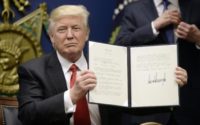
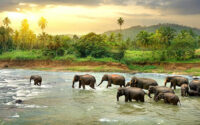
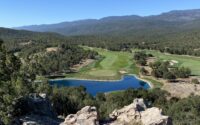
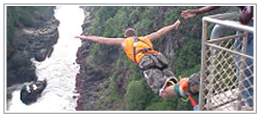








Amazing man
Hillary, Neil Armstrong and Charles Lindbergh with the 3 greatest individual accomplishments of the 20th century…maybe Roger Bannister too.
he was one of a kind
‘and was actually the only living non royalty person that I can think of who was actually on his country’s money-the New Zealand $5 bill’ ???
This is actually incorrect queen Elizabeth(20) is the only royal on our notes.
otherwise its Kate Shepard (10) , Ngata (50) , and Rutherford (100) all famous for their own achievements